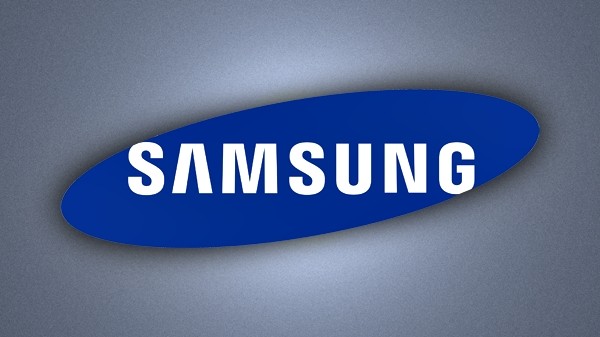Samsung Electronics recently unveiled its groundbreaking achievement in developing the industry’s first Graphics Double Data Rate 7 (GDDR7) DRAM.
This cutting-edge innovation is set to revolutionize graphics performance and solidify Samsung’s position as a technological frontrunner. Key customers will test the GDDR7 DRAM in next-generation systems this year, paving the way for future market growth in the graphics sector.
Building upon their successful creation of the world’s first 24Gbps GDDR6 DRAM in 2022, Samsung’s latest offering, the 16-gigabit (Gb) GDDR7, raises the bar with unprecedented speed. The integration of innovative integrated circuit (IC) design and packaging techniques ensures exceptional stability, even during high-speed operations.
Yongcheol Bae, Executive Vice President of Memory Product Planning Team at Samsung Electronics, stated, “Our GDDR7 DRAM will enhance user experiences in areas that demand exceptional graphics performance, such as workstations, PCs, and game consoles. Furthermore, we anticipate its expansion into future applications like AI, high-performance computing (HPC), and automotive vehicles. We are committed to meeting industry demand and maintaining our leadership in this space.”
Samsung’s GDDR7 boasts an impressive bandwidth of 1.5-terabytes-per-second (TBps), surpassing GDDR6’s 1.1TBps by 1.4 times, and features an increased speed per pin of up to 32Gbps. These enhancements are made possible by adopting the Pulse Amplitude Modulation (PAM3) signaling method, a new memory standard that outperforms the Non Return to Zero (NRZ) used in previous generations. PAM3 allows for the transmission of 50% more data within the same signaling cycle compared to NRZ.
Notably, the latest GDDR7 design boasts a 20% improvement in energy efficiency compared to GDDR6, thanks to power-saving design technology optimized for high-speed operations. Samsung also offers a low-operating voltage option for applications that prioritize power usage, such as laptops.
To address heat generation concerns, Samsung utilizes an epoxy molding compound (EMC) with high thermal conductivity for the packaging material, coupled with IC architecture optimization. These advancements significantly reduce thermal resistance by 70% compared to GDDR6, ensuring stable product performance even under demanding conditions with high-speed operations.
